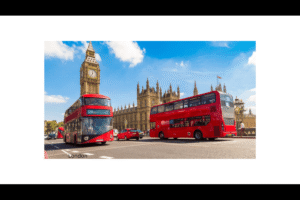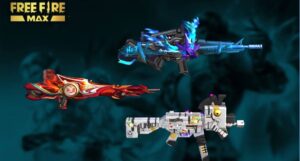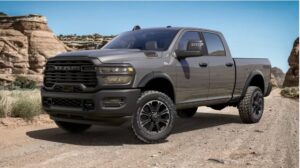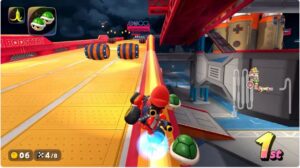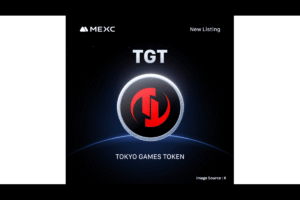Amazon Backed Zoox Robotaxi Testing Begins in Los Angeles
Amazon’s Zoox has taken a bold step forward by launching its robotaxi testing program in Los Angeles. This expansion marks the sixth city where Zoox is actively developing its autonomous vehicle techno
logy, showcasing its commitment to revolutionizing urban transportation through cutting-edge innovation.
A Strategic Move for Urban Mobility
Zoox’s entry into Los Angeles is part of a thoughtful and measured rollout strategy. Initially, the company will deploy retrofitted Toyota Highlander hybrids equipped with safety drivers to map the city and gather essential data. These vehicles are not yet fully autonomous but serve as a

crucial step toward broader testing later this summer.
The deployment aims to address unique driving conditions, roadwork, and city-specific events that impact autonomous systems. By adapting to the diverse challenges of LA’s traffic landscape, Zoox hopes to lay the groundwork for future public robotaxi services.
Purpose-Built Robotaxis: A Game-Changer
Unlike competitors such as Waymo, which repurpose existing vehicles for autonomous use, Zoox has developed purpose-built robotaxis that lack traditional controls like steering wheels and pedals. These vehicles are designed from the ground up to operate autonomously, offering a seamless and futuristic transportation experience.
Currently, these purpose-built robotaxis are undergoing testing in cities like San Francisco and Las Vegas without human drivers onboard. Zoox has already allowed employees and vetted guests to experience rides in these innovative vehicles.
Expanding Horizons Beyond Los Angeles
Zoox’s testing program spans multiple cities, including Austin, Miami, Seattle, San Francisco, and Las Vegas. Each location provides valuable insights into different traffic rules and urban dynamics. The company aims to refine its autonomous driving system before expanding to additional neighborhoods within these cities.
In Las Vegas, Zoox has already extended its geofence from a one-mile loop to a five-mile route, demonstrating its ability to scale operations effectively. The lessons learned from these expansions will inform Zoox’s approach in Los Angeles.
Challenges and Competitors
Despite its promising advancements, Zoox faces stiff competition from Waymo, which currently offers paid robotaxi services in several U.S. cities. Waymo’s commercial operations include fully autonomous rides in Los Angeles—a milestone Zoox has yet to achieve.
Additionally, Zoox recently issued a voluntary software recall on 258 vehicles due to hard braking issues with its autonomous driving system. This highlights the complexities involved in perfecting self-driving technology1.
Why Los Angeles Matters
Los Angeles is notorious for its heavy traffic congestion, with residents spending an average of 157 hours driving annually—a figure that doubled from the previous year. By introducing robotaxis, Zoox aims to alleviate these challenges while offering passengers time to relax or work during their commutes.
The company’s vision aligns with broader goals of reducing urban traffic stress and enhancing mobility options for city dwellers.
Future Plans for Public Rides
Zoox plans to launch public robotaxi services in Las Vegas and San Francisco later this year. While Los Angeles remains in the testing phase, the company is optimistic about welcoming public riders once safety requirements are met.
This expansion reflects Zoox’s ambition to become a leader in autonomous transportation across major U.S. cities.



